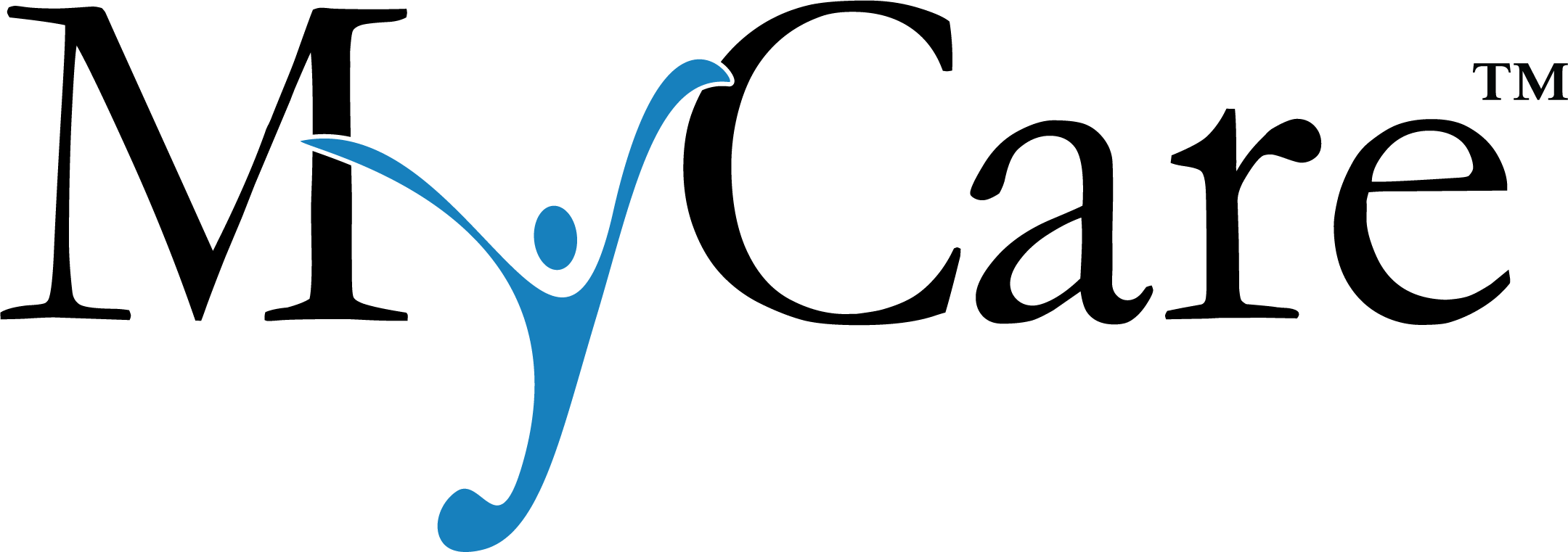Home » Knowledge Center
Webinars and publications from subject matter experts on antipsychotic blood levels and therapeutic drug monitoring.
Looking for more information?
Webinars
Using Rapid Clozapine Blood Levels to Improve Patient Management – 30 Years of Clozapine Experience
David Taylor, PhD, FRPharmS, FRCPsych
Jonathan G. Leung, PharmD, BCPS, BCPP
Megan Ehret, PharmD, MS, BCPP
Determining Clozapine Response vs. Nonresponse
Rob Cotes, MD, DFAPA
Antipsychotic Blood Levels: LAI Strategies, Baselining, and Managing Non-Trough Situations
Georgios Schoretsanitis MD, PhD
Best Practices and Potential Barriers in Implementing Rapid Clozapine Levels
Megan Ehret, PharmD, MS, BCPP
Practical Learnings and Knowledge When Implementing Rapid TDM Blood Levels
Georgios Schoretsanitis, MD, PhD
Guidance for Managing the Unexpectedly High or Low Clozapine Level
Robert Cotes, MD, DFAPA
Essential Antipsychotic Drug Level Monitoring
Jonathan M. Meyer, MD
Clinical Impact and Outcomes Utilizing Antipsychotic TDM
Megan Ehret, PharmD, MS, BCPP
Therapeutic Drug Monitoring in Psychiatry – Positive Impact on Patients through Lab-Clinician Collaboration
Dr. Vincent De Guire, Ph.D, DEPD, CSPQ
Interpreting TDM Results – Interdisciplinary Collaboration for Optimized Drug Safety in Antipsychotic Therapy
Dr. Martina Hahn
Dr. Sibylle C. Roll
The Fundamentals and Role of Antipsychotic TDM in Clinical Decision Making
Georgios Schoretsanitis, MD, PhD
Clozapine RE(MS)defined: Enhancing Psychiatric Pharmacy Practice with Therapeutic Drug Monitoring and Updated Guidelines
Megan Ehret, PharmD, MS, BCPP, FAAPP
Deanna L. Kelly, PharmD, BCPP
Robert O. Cotes, M.D., DFAPA
Pharmacists and Labs: Advancing Care
Dr. Vincent De Guire, Ph.D, DEPD, CSPQ
Megan Ehret, PharmD, MS, BCPP, FAAPP
Using Point-of-Care Clozapine Blood Levels to Improve Patient Management
David Taylor, PhD, FRPharmS, FRCPsych

